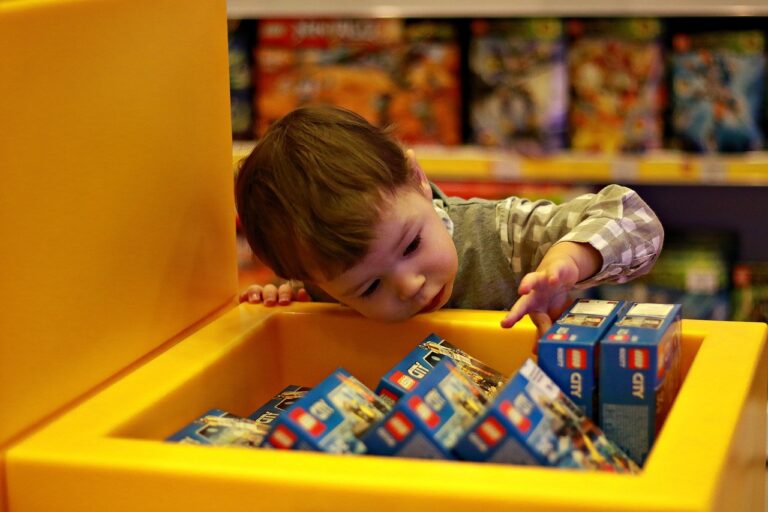The Future of Fashion Shows: Virtual Runway Experiences
Traditional fashion shows, while steeped in prestige and tradition, pose a myriad of logistical challenges for designers, models, and organizers alike. The high costs associated with venue rental, lighting, sound systems, and props can easily eat into a fashion house’s budget, making it a financially draining endeavor.
Moreover, the timing constraints of traditional fashion shows often lead to a rushed creative process for designers. With strict deadlines to adhere to, the pressure to produce a flawless collection can result in compromised designs and limited artistic freedom. Additionally, the hectic backstage atmosphere during shows can cause undue stress for models and stylists, further adding to the list of challenges faced by the industry.
Advantages of Virtual Runway Experiences
Virtual runway experiences offer a unique opportunity to reach a global audience without the limitations of physical space. Designers can showcase their collections to a broader demographic, allowing for increased brand visibility and potential sales. This accessibility also enables fashion enthusiasts from around the world to participate in the event, enhancing inclusivity and diversity within the industry.
Furthermore, virtual runways provide a more sustainable alternative to traditional fashion shows by reducing the carbon footprint associated with travel and production. With the advancement of technology, designers can create immersive virtual environments that captivate viewers and offer a new level of engagement. This innovative approach to showcasing fashion not only aligns with the current trend of digitalization but also opens up possibilities for creativity and experimentation in presentation.
What are some challenges of traditional fashion shows?
Some challenges of traditional fashion shows include high production costs, limited seating capacity, and logistical difficulties for attendees.
What are the advantages of virtual runway experiences?
Virtual runway experiences offer the advantages of increased accessibility, lower costs, and the ability to reach a wider audience globally.
How do virtual runway experiences compare to traditional fashion shows?
Virtual runway experiences offer a unique and innovative way to showcase fashion collections, allowing designers to connect with a larger audience in a more interactive and engaging manner compared to traditional fashion shows.
Can virtual runway experiences replace traditional fashion shows completely?
While virtual runway experiences offer many advantages, traditional fashion shows still hold value in terms of creating a physical connection between designers, models, and attendees. Virtual experiences can complement traditional shows but may not completely replace them.





